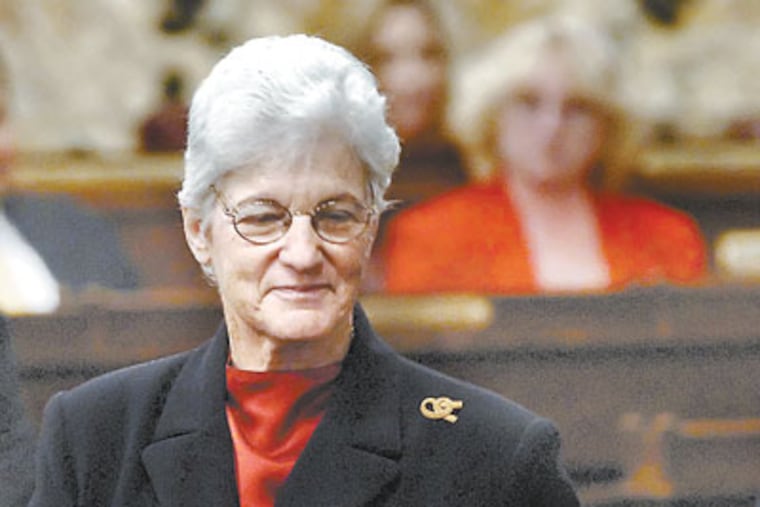Link copied to clipboard
Link copied to clipboard
Fugitives owe the city $1 billion
The decades-long failure to collect forfeited bail incites dodgers and "makes a mockery of the bail system."

The decades-long failure to collect forfeited bail incites dodgers and "makes a mockery of the bail system."
